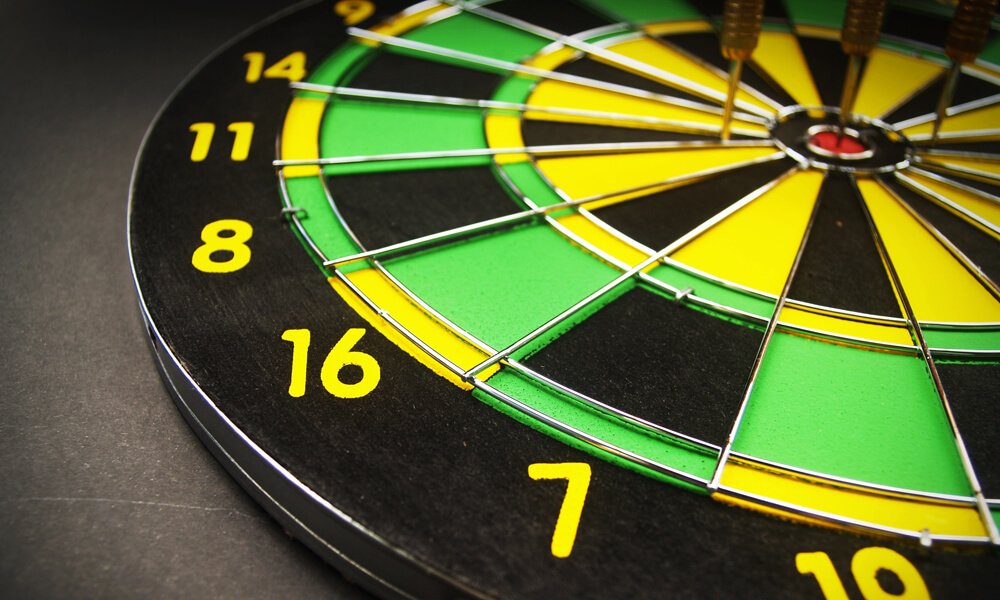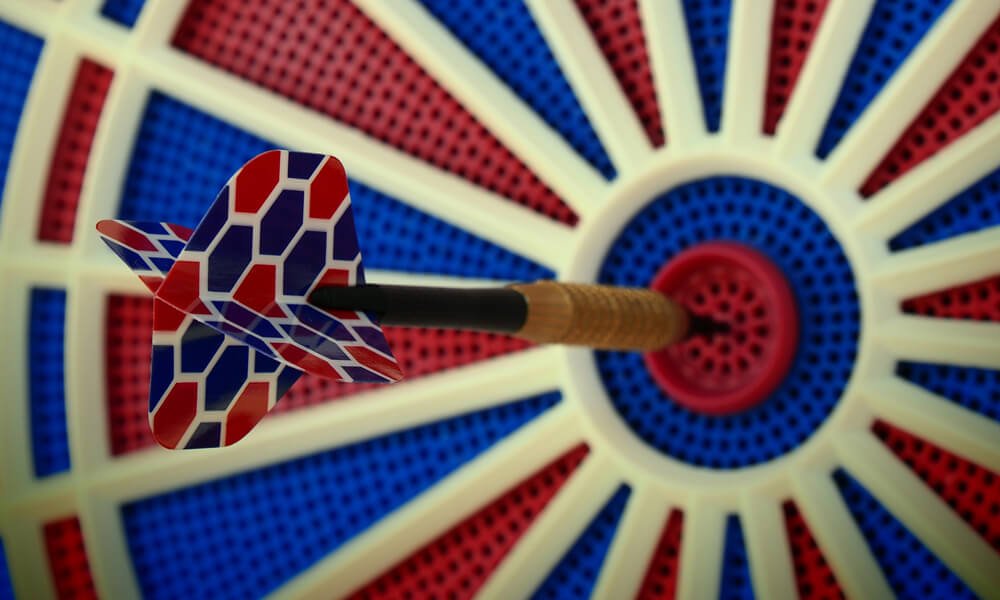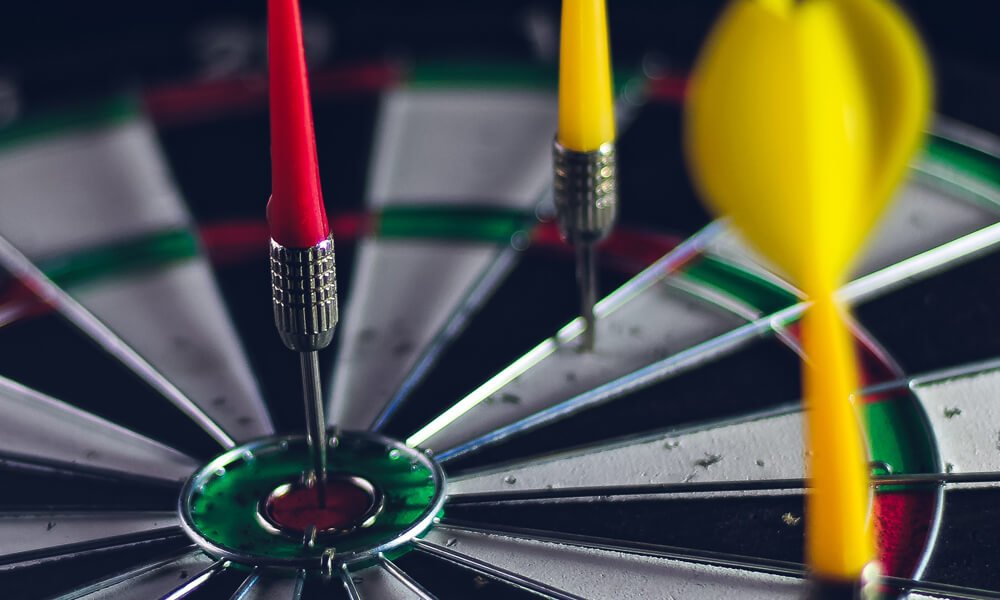Introduction to Darts Manufacturing
Ah, darts—the game that has captivated pubs and professional tournaments alike. But have you ever stopped to think about how these pointed projectiles come to life? Welcome to the intricate world of darts manufacturing. Let’s dive into the history and modern landscape of this fascinating industry.
Brief History of Darts
Though the game of darts has roots that extend back centuries, darts manufacturing as an industry has taken some intriguing turns over the years. Initially, darts were made from wood and feathers, primarily for hunting. In the modern era, the manufacturing process has been revolutionized, involving advanced machinery and highly specialized materials.
The Current Market Landscape
Currently, darts manufacturing is a burgeoning industry with a wide range of products catering to amateurs and professionals. The growth of e-commerce platforms and the trend of customized darts have provided fresh avenues for manufacturers to explore. However, like any other industry, it has its challenges, such as fluctuating raw material prices and stringent quality control measures.
Types of Darts
While the primary function of a dart is to hit a target, the various types cater to different styles and preferences. Let’s delve into the main types.
Steel Tip Darts
Steel tip darts are the classics. These are predominantly used in professional settings. They are generally made from a combination of tungsten and nickel, giving them a strong and durable tip. Manufacturing these involves precision engineering, ensuring each dart has the ideal weight and balance.
Soft Tip Darts
Soft tip darts are predominantly used for electronic dartboards. These darts are lighter, often made from soft materials like plastic. The manufacturing process for soft tip darts generally involves injection molding techniques.
Custom Darts
Customization is the buzzword in today’s market. With the advent of technologies like 3D printing, manufacturing custom darts has never been easier. Whether it’s specific colors, logos, or even the player’s initials, the possibilities are endless.
Raw Materials: The Backbone of Quality
A dart is as good as the materials it’s made from. Let’s explore the key raw materials used in darts manufacturing.
Types of Metals
Tungsten and nickel are the two primary metals used in darts manufacturing. Tungsten is preferred for its durability and high density, allowing for slimmer, yet equally weighted darts. Nickel adds a touch of luster and is generally cheaper, making it a favorite for amateur sets.
Synthetic Materials
Besides metals, synthetic materials like polycarbonate or polyethylene are commonly used, especially for soft tip darts. These materials offer a balance of strength and flexibility, essential for electronic dartboards.
Eco-Friendly Alternatives
Given the growing environmental concerns, there’s a gradual shift towards using sustainable materials in darts manufacturing. Bioplastics and recycled metals are increasingly being used as alternatives.
Dartboard Manufacturing
Before we shoot any further, let’s also give the dartboard its deserved limelight.
Sisal Dartboards
Sisal fiber dartboards are the gold standard in the world of darts. Made from the Agave sisalana plant’s leaves, these dartboards offer excellent durability and self-healing properties.
Coiled Paper Dartboards
These are generally the cheaper option and are made by coiling paper. While not as durable as sisal dartboards, they are more cost-effective and suitable for casual play.
Electronic Dartboards
With technological advancements, electronic dartboards have gained popularity. These boards use sensors to automatically calculate scores and are often paired with soft tip darts.
(continued in next comment due to character limit)




